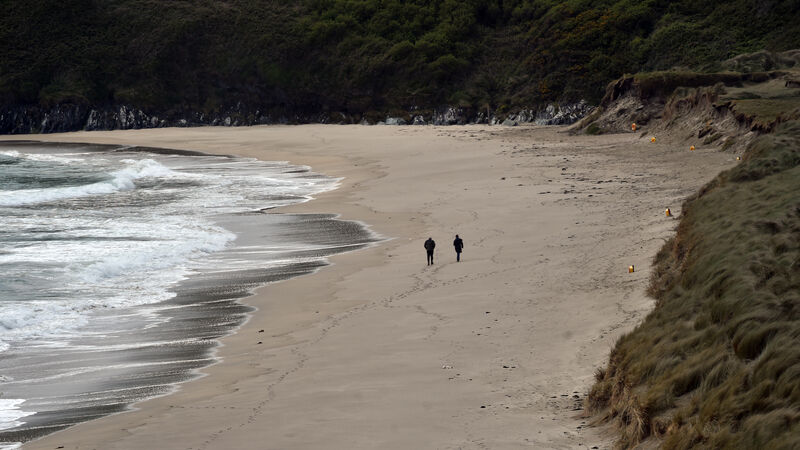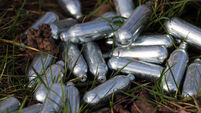Three-quarters of Irish locations 'excellent' for bathing

In a report on bathing water in Ireland in 2020, the EPA found that 142 out of 148 bathing water locations were in line with or exceeded the minimum required standards. Photo: Eddie O'Hare
The quality of bathing water in Ireland has continued to improved, with 96% of waters now meeting or exceeding minimum standards, the environmental watchdog has found.
However, the Environmental Protection Agency (EPA) warned that Irish Water needed to improve its management and treatment of urban wastewater, which it said was the most common source of pollution.









